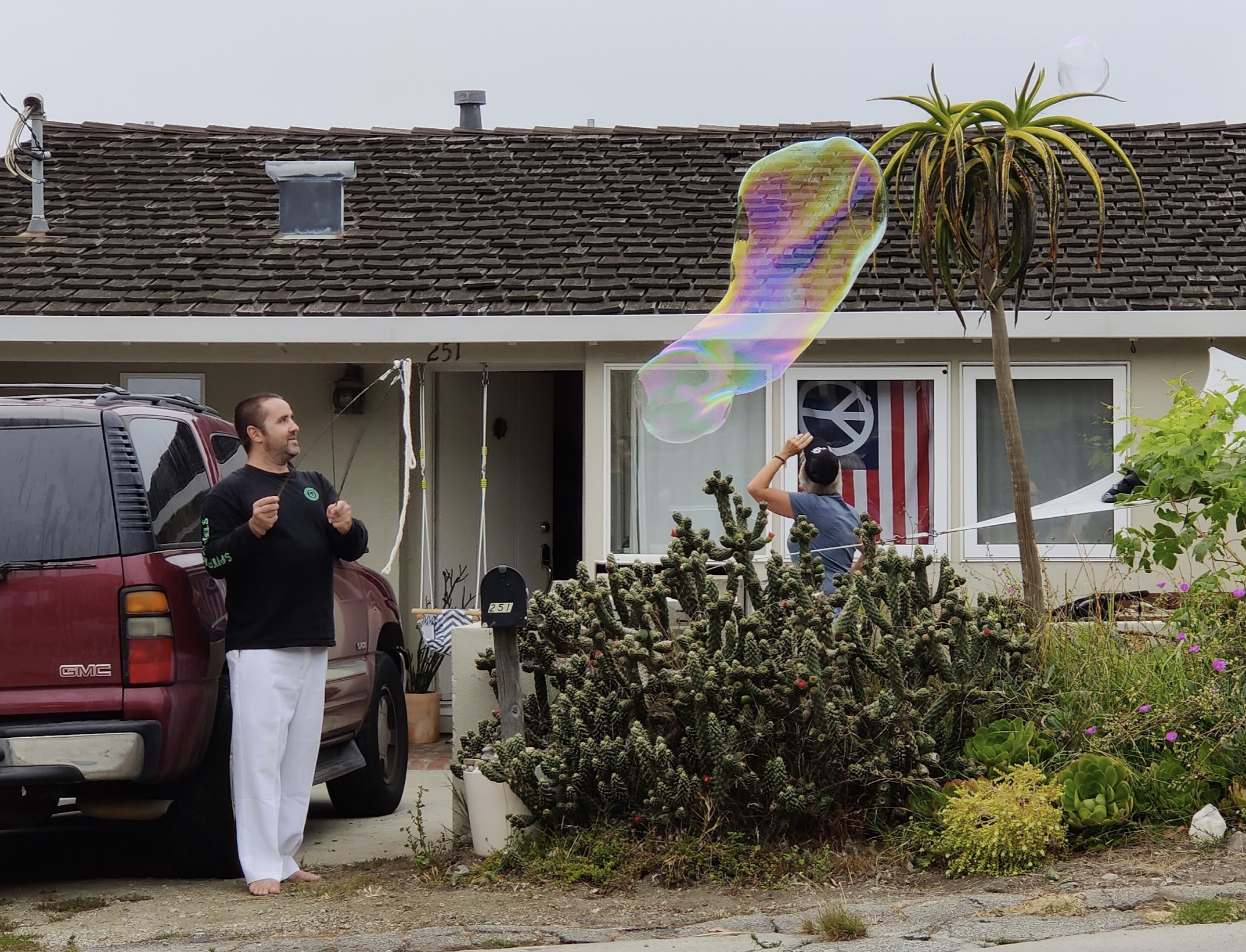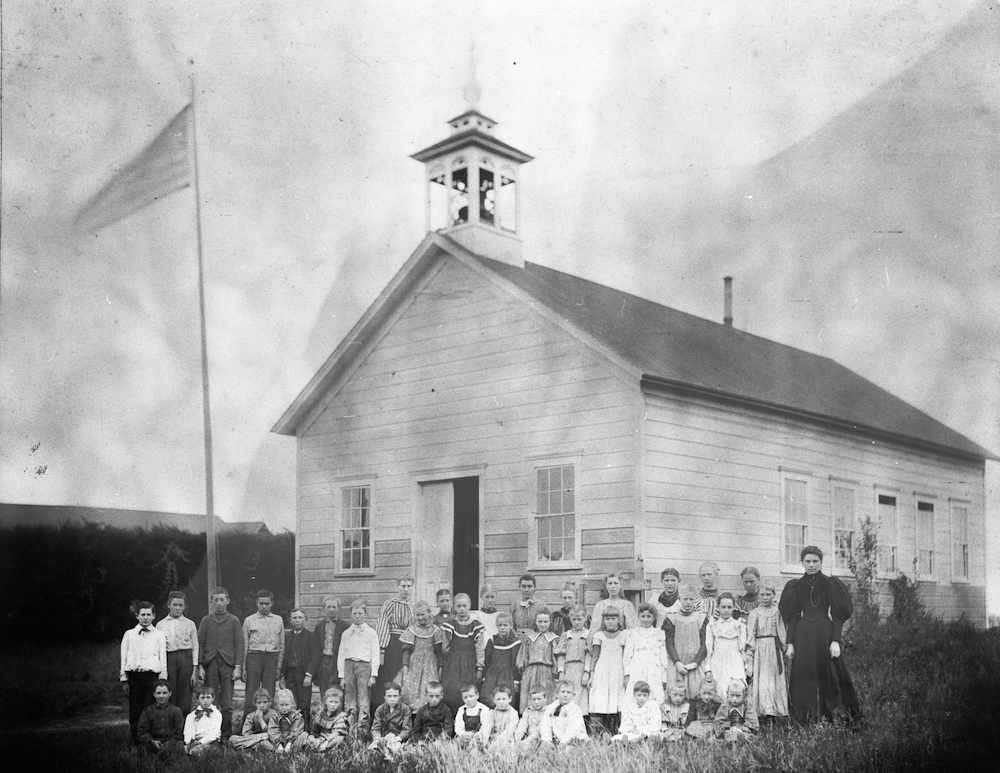Tag: covid-19
-

5 things to do TODAY to help your kids settle in to online classes
Help make your child’s first week of online courses smoother and more fun for everyone.
-

6 ways to structure online learning for physical and mental well-being
Now that kids are going to be online most of the day, what can we teachers and parents do to ensure their physical and mental well-being?
-

Humans need meaningful work
Come fall, it’s going to be harder for our teens to find meaning in their studies. They and our younger children will all need a new way of finding pleasure in a job well done.
-

Fall 2020 education: flexibility is key
We need to make sure that thoughtful reconsidering of what school should be is part of the conversation about reopening schools. Let’s make sure the districts hear our voices, and don’t think that reversion to the status quo is any sort of achievement.
-

3 things you can do to help your child with Covid-19 anxiety
Talking to your children in an age-appropriate way about big threats like the coronavirus can help them with anxiety they might not be able to express.